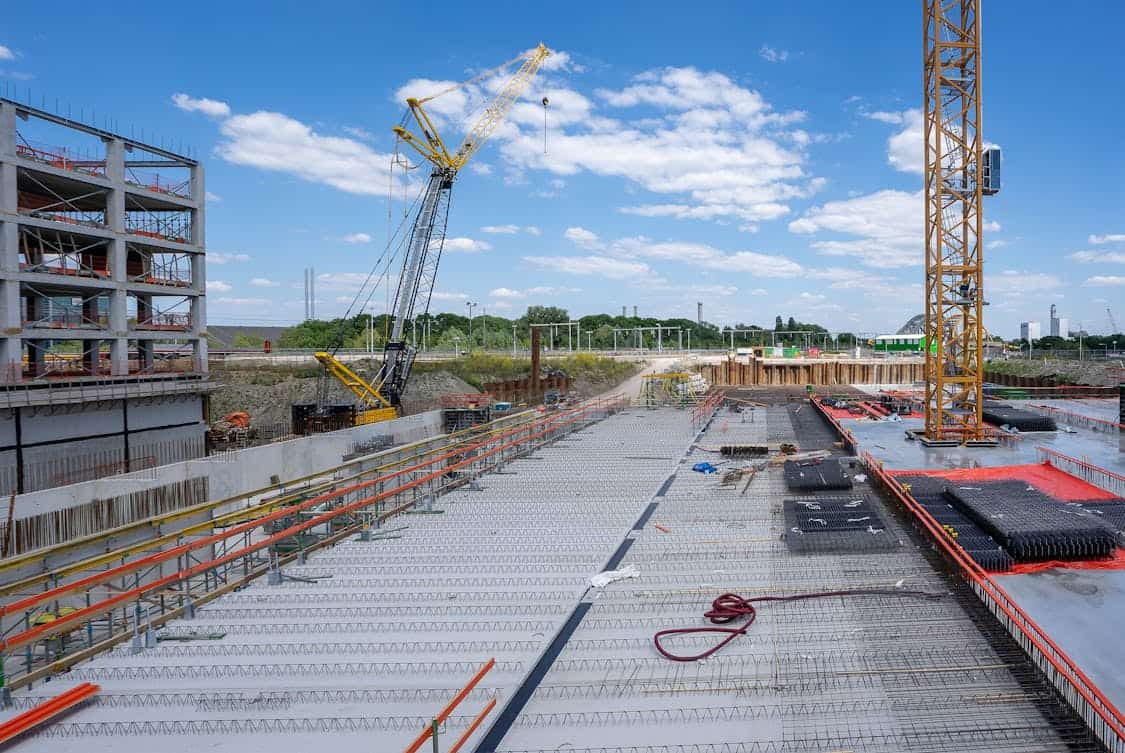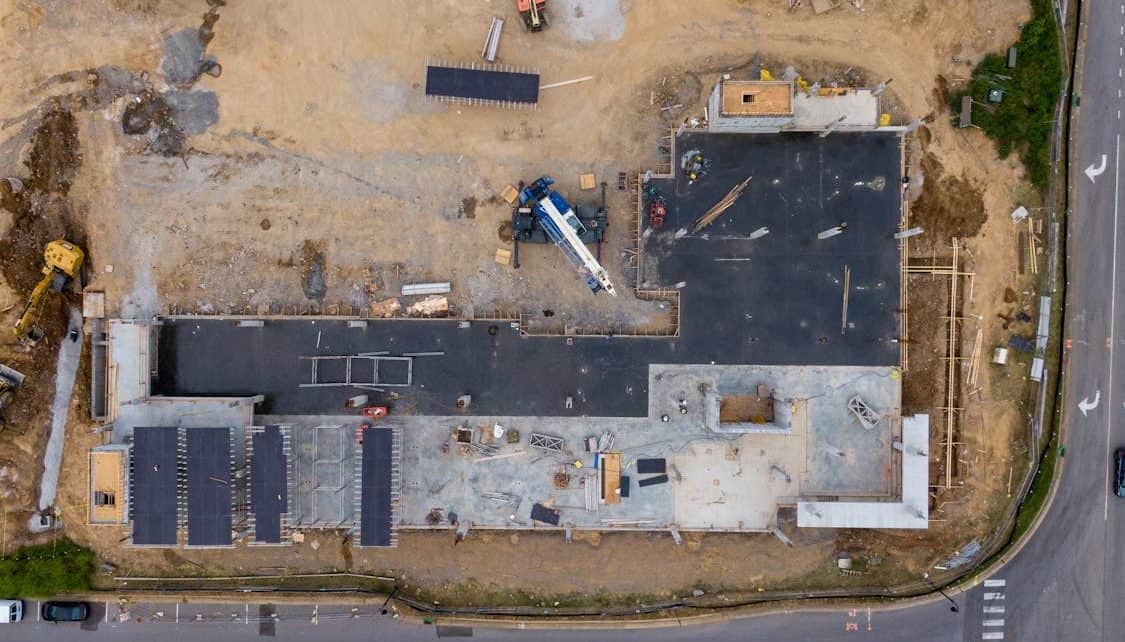Crane mats are an essential tool in construction and industrial operations. They provide a sturdy base for heavy machinery, ensuring both stability and protection for the underlying terrain.
Here, we’ll explore the top five benefits of using crane mats, shedding light on why they are a must-have in many projects.
1. Soil Protection
One of the primary advantages of crane mats is their ability to protect the soil beneath heavy machinery. Heavy equipment can exert enormous pressure, leading to soil compaction or even damage.
Crane mats distribute this weight evenly across their surface, reducing the risk of soil degradation.
When crane mats are laid down, they create a barrier that prevents the machinery from directly contacting the earth. This is particularly important in sensitive environments, such as wetlands or areas with loose soil, where the risk of erosion is high.
If you’re planning a heavy-duty project in such conditions, investing in quality Crane Mats is one of the most effective ways to protect your terrain. By using mats, project managers can mitigate the ecological impact of their activities.
Furthermore, the use of crane mats helps in maintaining the structural integrity of the terrain. Instead of leaving behind ruts or depressions, which can affect the hydrology of the area, crane mats promote a smoother surface on which operations can proceed.
This is especially beneficial during rainy seasons when muddy conditions can complicate tasks.
Finally, by preserving the quality of the soil, crane mats contribute to the long-term sustainability of the site. Project teams can complete their objectives without leaving a negative footprint, allowing the area to recover and thrive after operations conclude.
2. Enhanced Stability
Crane mats are engineered to provide exceptional stability. When lifting heavy loads, the last thing a site manager wants is for equipment to sink or tip over.
The solid support of crane mats minimizes these risks, contributing to overall operational safety.
These mats are often made from hardwood or composite materials, providing a strong and durable foundation. Their design allows for optimal weight distribution, which is vital for ensuring that cranes and similar machinery can operate effectively without jeopardizing safety.
Moreover, the textured surface of crane mats can offer improved traction. This is essential when working in wet or uneven conditions, as it reduces the likelihood of slippage.
Operators can focus on their tasks without worrying about the stability of their equipment.
In summary, the enhanced stability provided by crane mats not only facilitates smoother operations but also fosters a safer working environment for all personnel involved, eliminating a significant source of concern on job sites.
3. Cost-Effectiveness
Investing in crane mats can lead to substantial cost savings over time. Renting or purchasing these mats can seem like an added expense, but the long-term benefits often outweigh the initial costs.
They can significantly reduce the need for repairs and restoration of affected terrain.
When heavy machinery operates without mats, the damage to the ground can lead to costly remediation efforts. These might include soil replacement, erosion control measures, or replanting vegetation.
By employing crane mats, companies can avoid these expenses, keeping project budgets in check.
Furthermore, crane mats extend the lifespan of the machinery itself. By providing a stable operating environment, the mats help prevent wear and tear on equipment that can arise from unstable ground conditions.
This means less frequent repairs and a longer life for the machinery, translating to more savings for the organization.
Finally, the time saved on setup and cleanup due to the use of crane mats should not be overlooked. With quicker operations and reduced downtime for repairs, companies can enhance their productivity, ultimately leading to better financial performance.
4. Versatility

Crane mats offer remarkable versatility across various industries. From construction to forestry and even in utilities, their usage spans a wide array of applications.
This adaptability makes them an attractive solution for many different project types.
For instance, in construction, crane mats provide a reliable base for cranes and other heavy equipment. In forestry, they allow for the transportation of logs without damaging the forest floor.
Utilities companies can use mats to access remote locations without creating access roads that can lead to environmental degradation.
Additionally, crane mats are available in various sizes and thicknesses, allowing for customization based on specific project needs. This means that whether the project involves lifting a few tons or several hundred tons, there’s a suitable mat for the job.
Finally, the ease of transport and installation further enhances their versatility. Mats can be moved from one site to another with relative ease, making them a practical choice for companies that operate in multiple locations.
This flexibility is a key selling point for many businesses.
5. Environmental Compliance
In today’s world, environmental compliance is more critical than ever. Regulations often dictate how construction and industrial operations can proceed, especially in sensitive areas.
Crane mats help companies adhere to these regulations while conducting their work.
Using crane mats can reduce the environmental impact of heavy machinery by preventing soil disruption and erosion. This is particularly vital in areas where ecosystems are delicate or endangered.
By taking precautions to protect these environments, companies can avoid fines and legal troubles.
Moreover, employing crane mats can enhance a company’s reputation as a responsible operator. Public perception is increasingly shaped by environmental stewardship, and businesses that prioritize eco-friendly practices often enjoy better community relations.
This builds trust and can lead to increased support for future projects.
Additionally, many regions offer incentives for businesses that demonstrate sustainable practices, including the use of protective measures like crane mats.
By investing in these solutions, companies may find themselves in a favorable position for grants or other financial assistance, further promoting their commitment to environmental responsibility.
In summary, the use of crane mats aligns with the growing emphasis on sustainable practices in various industries. By protecting the terrain and adhering to regulations, companies can operate efficiently while also safeguarding the environment.





